This video chronicles my recent trip to the British Isles and Ireland where I visited numerous botanical gardens and natural wild areas including the Royal Botanical Gardens at Kew near London, Blarney Castle Gardens in Ireland, Powerscourt Estate Gardens in Ireland, the Antrim Coast and Giant’s Causeway in Northern Ireland, the Scottish Highlands, Dunrobin Castle gardens in northern Scotland, Holyrood Castle gardens in Edinburg, Scotland plus gardens in Paris. Please enjoy.
Monthly Archives: September 2019
Neskowin’s 2000 Year Old Ghost Forest & Boiler Bay Whales
Venturing INSIDE a 1,250 Year Old Cedar Tree—Mt. Baker, WA
The Treevangelist on How to Prune a Derelict Apple Tree
Wilsonville’s Willamette River Historic Log Raft Cable Trees
Recently, the City of Wilsonville, as spearheaded by Wilsonville City Councilor and former Wilsonville mayor Charlotte Lehan, placed a Oregon historical marker in Wilsonville’s Memorial Park honoring several cable trees on the banks of the Willamette River as State of Oregon Heritage Trees.
So what is a cable tree?
Years ago when logging was the main driver in Oregon’s economy making this state the number one timber producer in the U.S., huge numbers of trees (billions of board feet per year) were being logged out of local forests each year. In many cases, the most economical way to get logs from the forest to the sawmill was to floats them down rivers like the Willamette. Huge log rafts would be created and then cabled and chained together and pulled downriver by tugboats where they would be tied up to trees (and sometimes pilings) along the riverbank waiting their turn to be hauled to the sawmill.

I still remember in the 1960s and 1970s seeing tugboats pulling enormous log rafts through downtown Portland’s Willamette River. It was a common sight that we took for granted. It wasn’t unusual to see multiple log rafts tied up near Ross Island along the river bank. Today when you travel up the Columbia River, or along some of Oregon’s coastal rivers, you can still see many old, rotting pilings that were used for that purpose decades ago. Such practices were part of Oregon’s illustrious logging history.

Today, many of these old anchor trees are still visible, including several along the Willamette River in Wilsonville. The scars from the cables can still be clearly seen in some trees, and other trees even have remnants of old cables and other hardware imbedded in them that the trees have often grown around.
Please enjoy the photos of some of these historical Wilsonville trees.
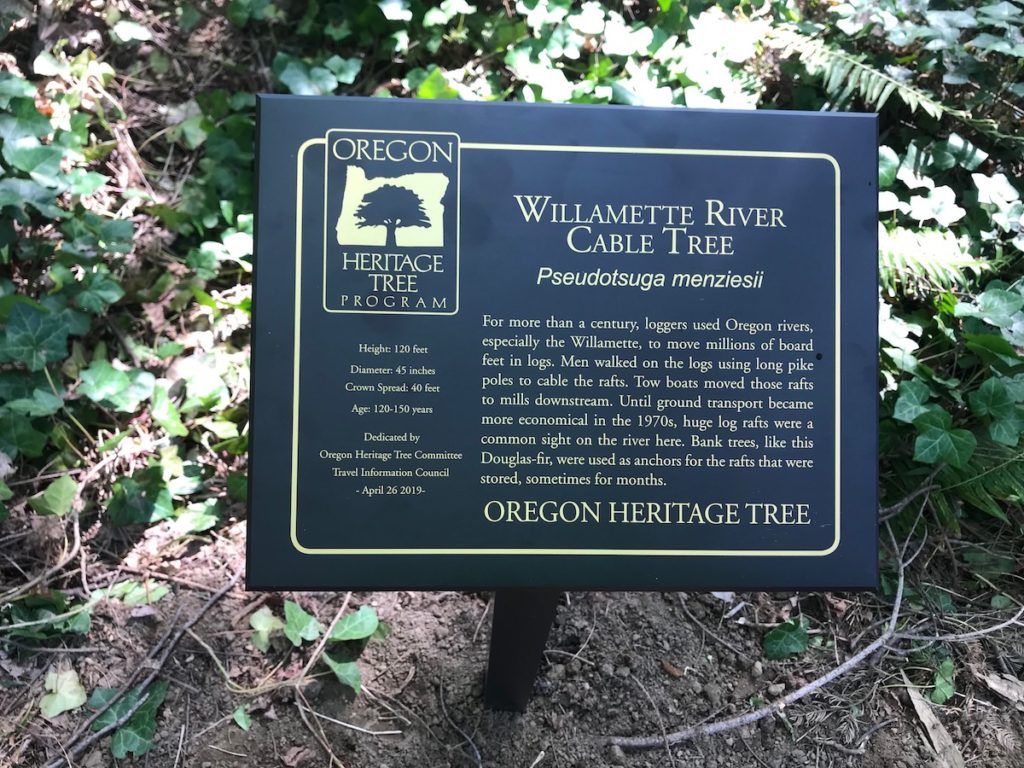

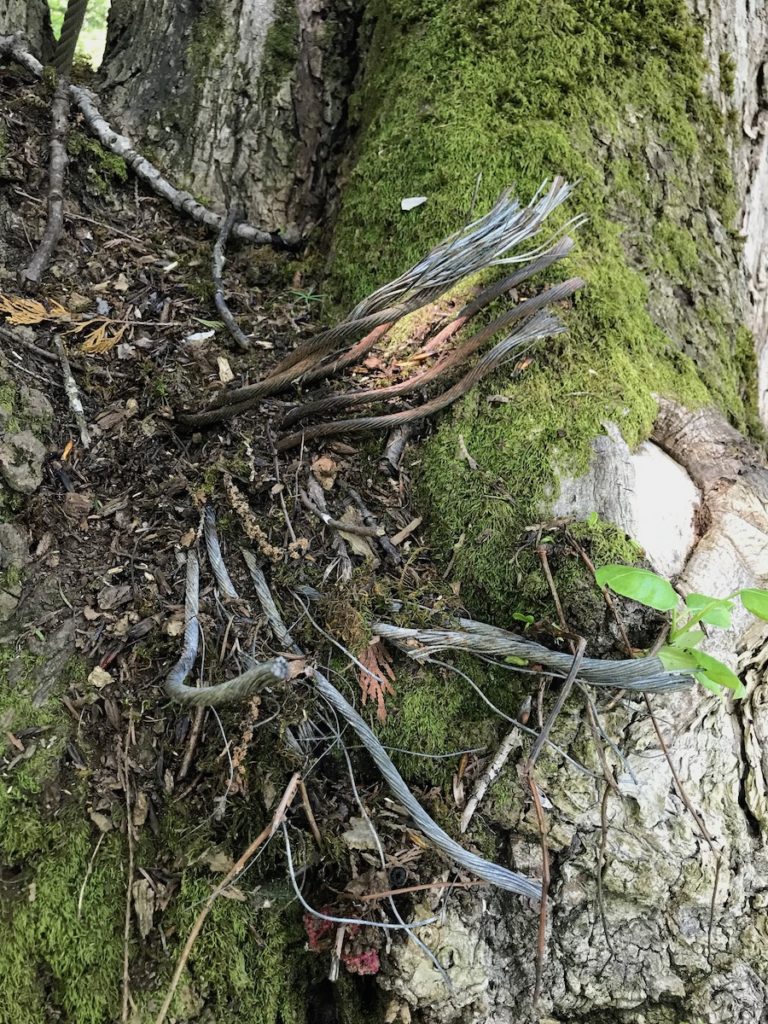

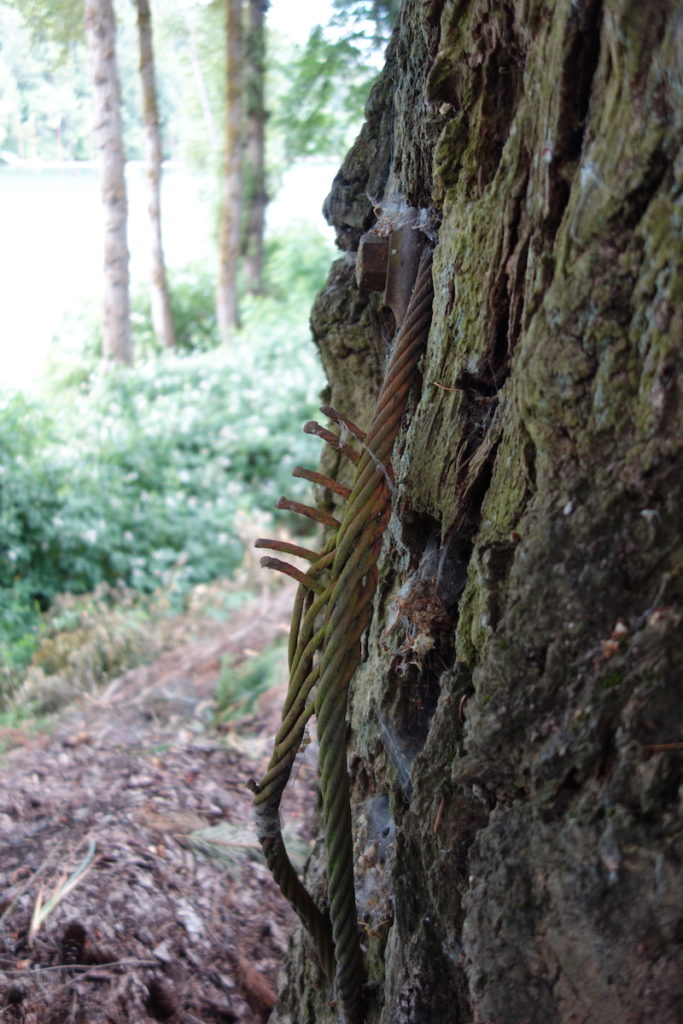
Free Resources to Help You Appreciate & Care for Your Trees
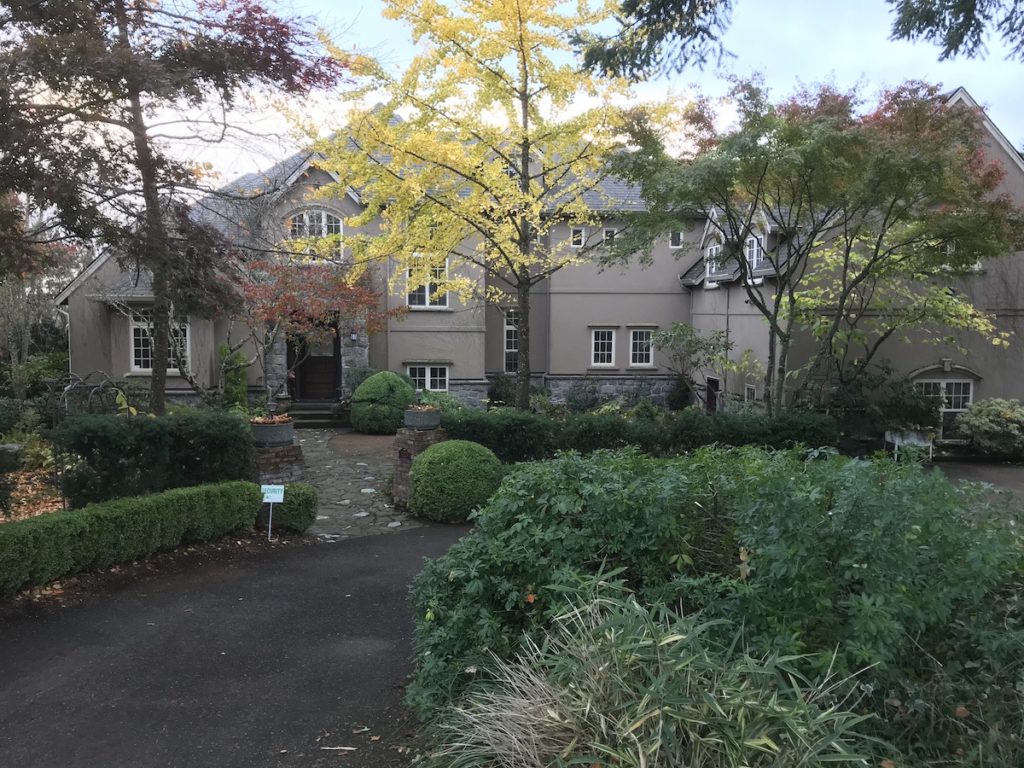
Arbor Day Foundation at arborday.org
10 Reasons to Plant Trees— https://www.arborday.org/media/print/
Good Clean Water: Tree City USA— https://www.arborday.org/media/print/documents/2010-tree-city-usa.pdf
International Society of Aboriculture at treesaregood.org
Benefits of Trees— http://www.treesaregood.org/portals/0/docs/treecare/benefits_trees.pdf
Tree Values— http://www.treesaregood.org/portals/0/docs/treecare/TreeValues.pdf
Tree Selection— http://www.treesaregood.org/portals/0/docs/treecare/TreeSelection.pdf
Buying Quality Trees— http://www.treesaregood.org/portals/0/docs/treecare/buying_qualitytrees.pdf
Plant Health Care— http://www.treesaregood.org/portals/0/docs/treecare/PlantHealthCare.pdf
New Tree Planting— http://www.treesaregood.org/portals/0/docs/treecare/New_TreePlanting.pdf
Oregon Department of Forestry at oregon.gov/odf/Pages/index.aspx
Homeowners Guide to Tree Care— https://www.oregon.gov/ODF/Documents/ForestBenefits/HomeownersGuidetoTreeCare.pdf
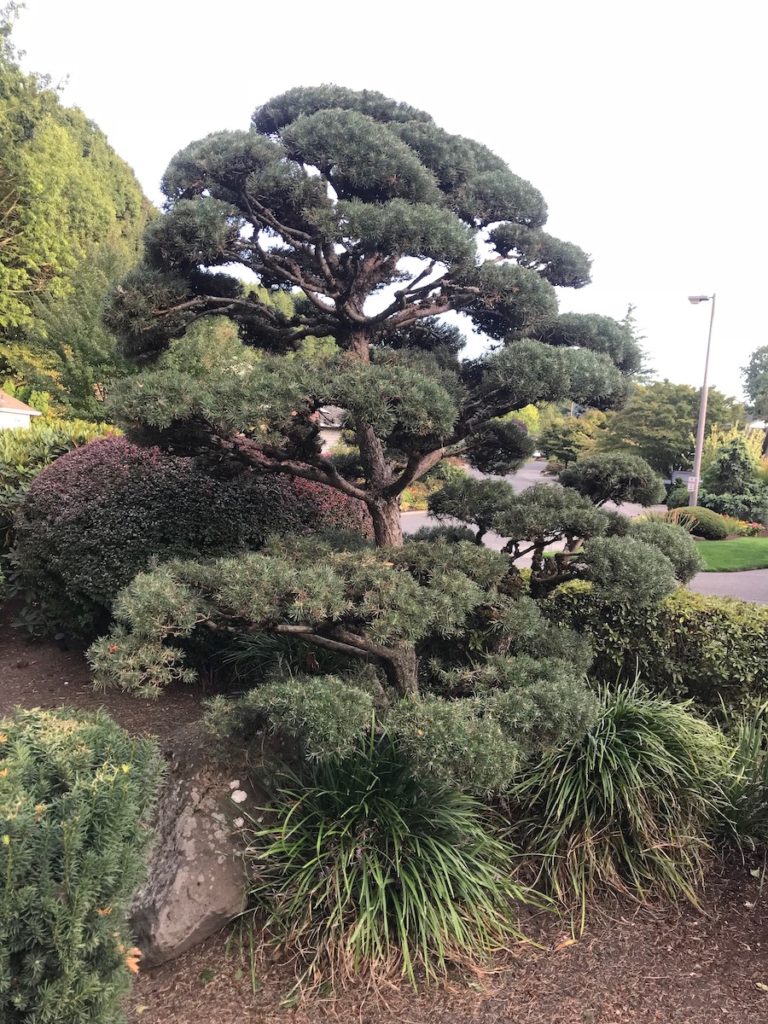
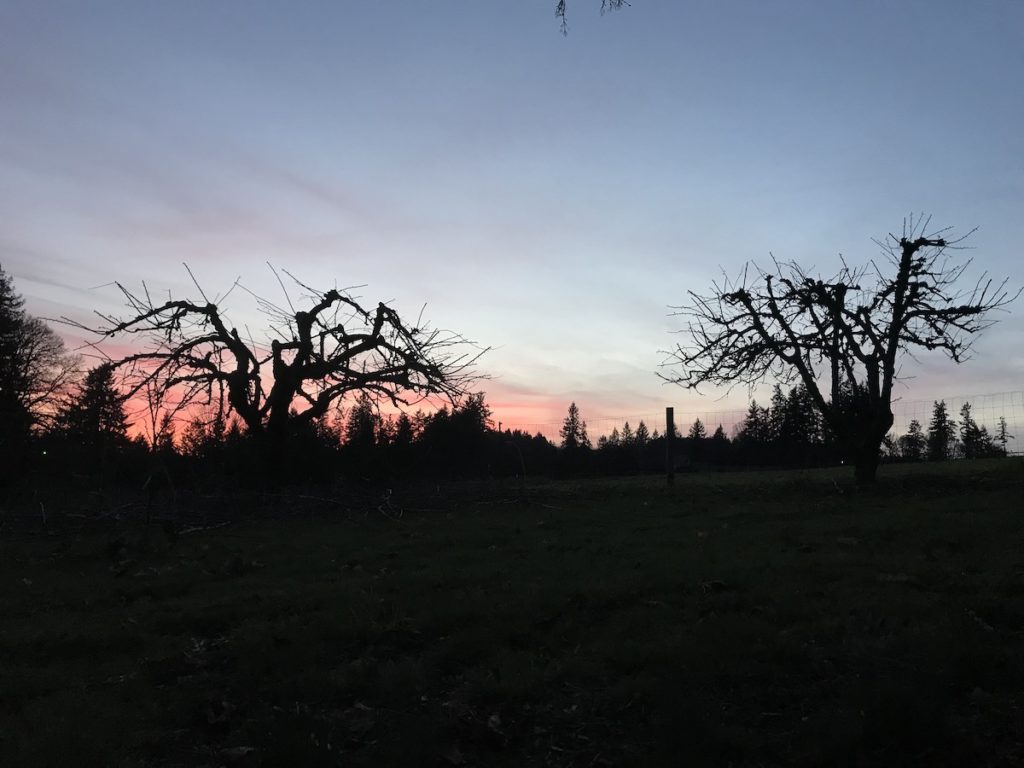
September in the Garden—A To Do List
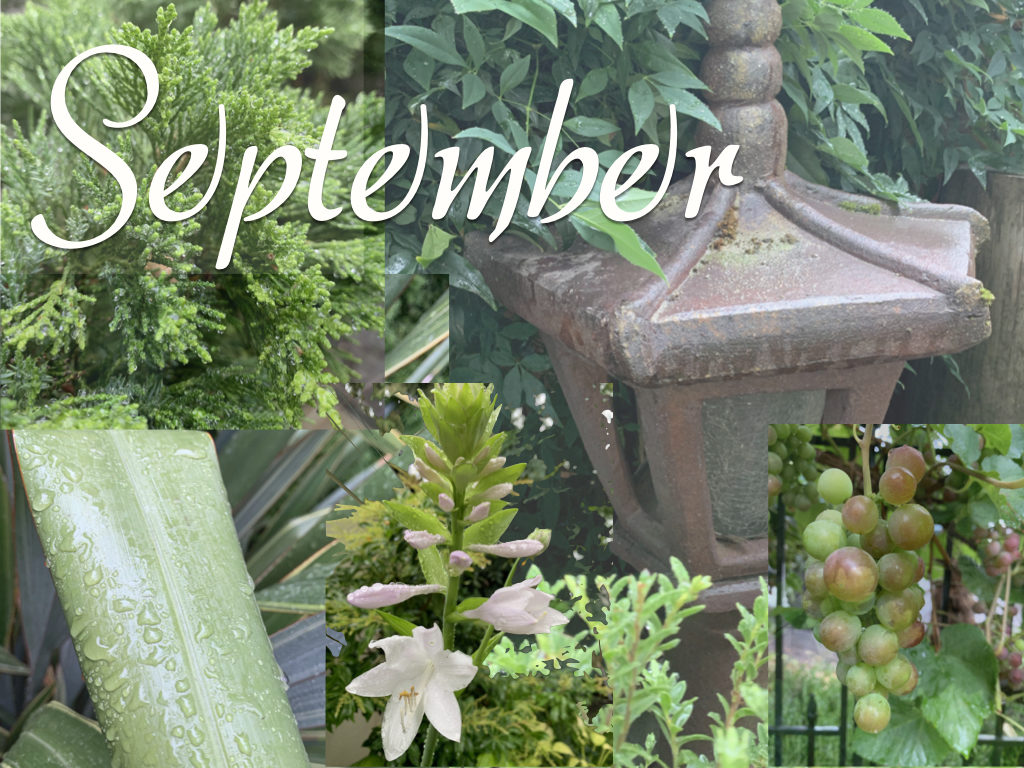
This guide is tailored for the western valleys of Oregon and Washington.
YOU can help to make the world a better, a more friendly, loving and beautiful place by being a good steward of the spot on this earth that you are privileged to be borrowing for a time—your garden. Nathan, the Treevangelist, urges you to treat your spot on this planet like your own personal Garden of Eden paradise. Then notice the joy that it will bring to you! This is your Divinely mandated responsibility. Your trees, shrubs, flowers and the wildlife in your yard will express their smiling appreciation back to you as they radiate love, joy and beauty bursting forth with vibrant and verdant life. Here is a to do list to help you to do just that…
Readers’ suggestions on how to improve this list are gladly solicited. If you, the reader, have any suggestions for additions to this month’s list, please put them in the comments section of this article, and I will add them to the list. Thank you in advance! — Nathan
Tree and Shrub Care
- Fruit trees: This is an optimal time to prune trees that are done fruiting, since wounds will heal more quickly in warm weather. This is a good time to reduce the height of overgrown fruit trees, since they are likely to produce fewer water sprouts now then when pruned in the spring.
- Maples (including Japanese maples): Monitor the leaves of all maples and other trees and shrubs for symptoms of the potentially lethal verticillium wilt fungal disease. If you see major branch dieback, call GNTS, Inc. for a free evaluation.
- Mulch: Apply two to three inches of mulch around all trees and ornamental shrubs. This helps to fertilize the plants and feed the soil, and also protects them against weed growth and loss of water when the warmer weather returns.
- Pines: Once the hot weather has passed, you can begin to prune your pines.
- Pruning of trees and shrubs: You can do all aesthetic pruning of all ornamental shrubs and trees (except pines) at any time of the year including summer. Don’t over-prune the top crowns of thin barked trees (e.g. Japanese maples, flowering cherries), since the sun’s UV rays can cause trunk and branch bark dessication resulting in cracking and dieback of sapwood and even heartwood resulting in entry points for diseases and potential structural failure of branches and trunks.
- Pruning of large trees: Most trees in the temperate western valleys of Oregon and Washington can be pruned anytime of the year. If you’re not sure what to do, or how to do it, call Good News Tree Service, Inc. for a consultation, pruning lessons or to have them do the pruning for you. It is likely best to wait for cooler weather to prune stressed or sick looking trees. Call us if you have questions about this.
- Prune fast growing ornamental shrubs (e.g. laurel, privet, photinia, laurustinus, barberry) that are beginning to look shabby. You may need to prune them again in the early summer for a more neat and manicured look.
- Tree and shrub removal and stump grinding can be done all year long.
- Trees: Have an ISA Certified Arborist with an ISA Tree Risk Assessment Qualification (like Good News Tree Service, Inc.) inspect your large trees for the potential of failure due to weak root systems and defects in trunks and branches. This can be done anytime of the year.
Plant Health Care
- Arborvitae Berckmann’s Blight (Platycladus orientalis): Spray with copper twice in the fall (late Sept. and early Oct., and again in early Nov. Spray again in early spring (Feb to Mar) if disease is severe.
Deep Root Fertilization: Deep root fertilize to promote healthy root development in preparation for next springs growing cycle. - Dogwood Anthracnose: If you missed the spring sprays topical fungal sprays, and you see signs of anthracnose on your tree’s leaves (reddish, purplish, brownish splotches), you can spray your trees with a basal bark fungicide. Call GNTS, Inc. for information on this treatment.
- Verticillium Wilt: The fall is the best time to treat, and spring is the second best time. Maples are especially plagued by this disease. During hot weather, symptoms include smaller than normal cupped leaves in the upper canopy, often with the death of the entire branch occurring.
Elsewhere in the Garden
- Put slug bait around your flowers and tender perennials like hostas.
- Apply two to three inches of mulch (e.g. bark dust, garden compost or wood chips) on all of your shrub beds. Covering bare dirt areas in your yard with mulch helps to prevent soil compaction from rains, and weed growth, and helps to enrich our heavy clay soils.
- Cut English ivy off of the base of trees. (This can be done any time of the year.)
- Feed the birds. Dutifully maintain your bird feeders. Bring life and excitement to your backyard by turning it into a bird sanctuary. The birds will thank you for your generosity by providing you with hours of entertainment, and by eating insect pests that harm your ornamental trees and shrubs. Birds in the yard are not only fun to watch, but they perform the vital task of eating harmful insects. Keep bird baths full. In hot and dry weather, birds need water to drink and to bathe in.
- This is a good time of the year to plant trees and shrubs. Visit your local nursery and select your favorite ornamental shrubs and shade trees. After planting your new shrubs, just make sure that you water them well immediately and regularly subsequently for the first two or three summers until their roots get established. During warm weather (in the 60s to low 80s), deep root water once per week. During hot weather (mid-80s and higher) deep root water at least twice per week.
- Fertilize your lawn. The cooler, wetter fall weather is also an excellent time to overseed your lawn to fill in the thin and bare areas.
